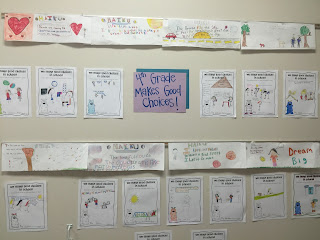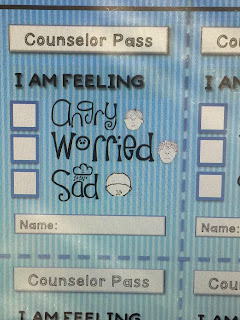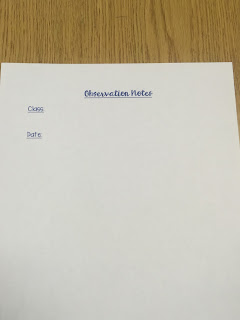Third Grade
Guidance
Enemy Pie
Today for third grade guidance, we discussed the importance
of friendship and the ingredients of being a great friend!
For this lesson, I used “Enemy Pie” by Derek Munson.
Available on Amazon
This story is super cute and relatable for the kids! It is
about a boy having a great summer until a new boy moves into the neighborhood. The new boy Jeremy seems to create a great deal of trouble for our main character. The boy’s father gives
him the recipe for his well-known “Enemy Pie”. While the father whips up his
famous Enemy Pie, the boys decides Jeremy is no longer his best enemy, but a
great friend.
After reading the story, we discussed how easy it could be
to make a best enemy and not a best friend. We also discussed different
characteristics we would want in a friend, including honesty, caring, fun to
play with, etc.
I then gave the students their own recipe sheet for a
friendship. I found this activity sheet on Pinterest, which then led me to a
great blog called A Year of Many Firsts
Link to blog: http://www.ayearofmanyfirsts.com/
There are many other different lessons and resources-great
blog!
After the students made their own “Friendship Pie Recipe”,
they were able to discuss with each other and create their own Friendship Pie.
Image found on Google.
Overall, I loved doing this lesson with the third graders.
The book was not only funny and silly, it kept the students interested and had
a great message for friendship!
Here are some of the friendship pies created in today’s
lesson:

















































